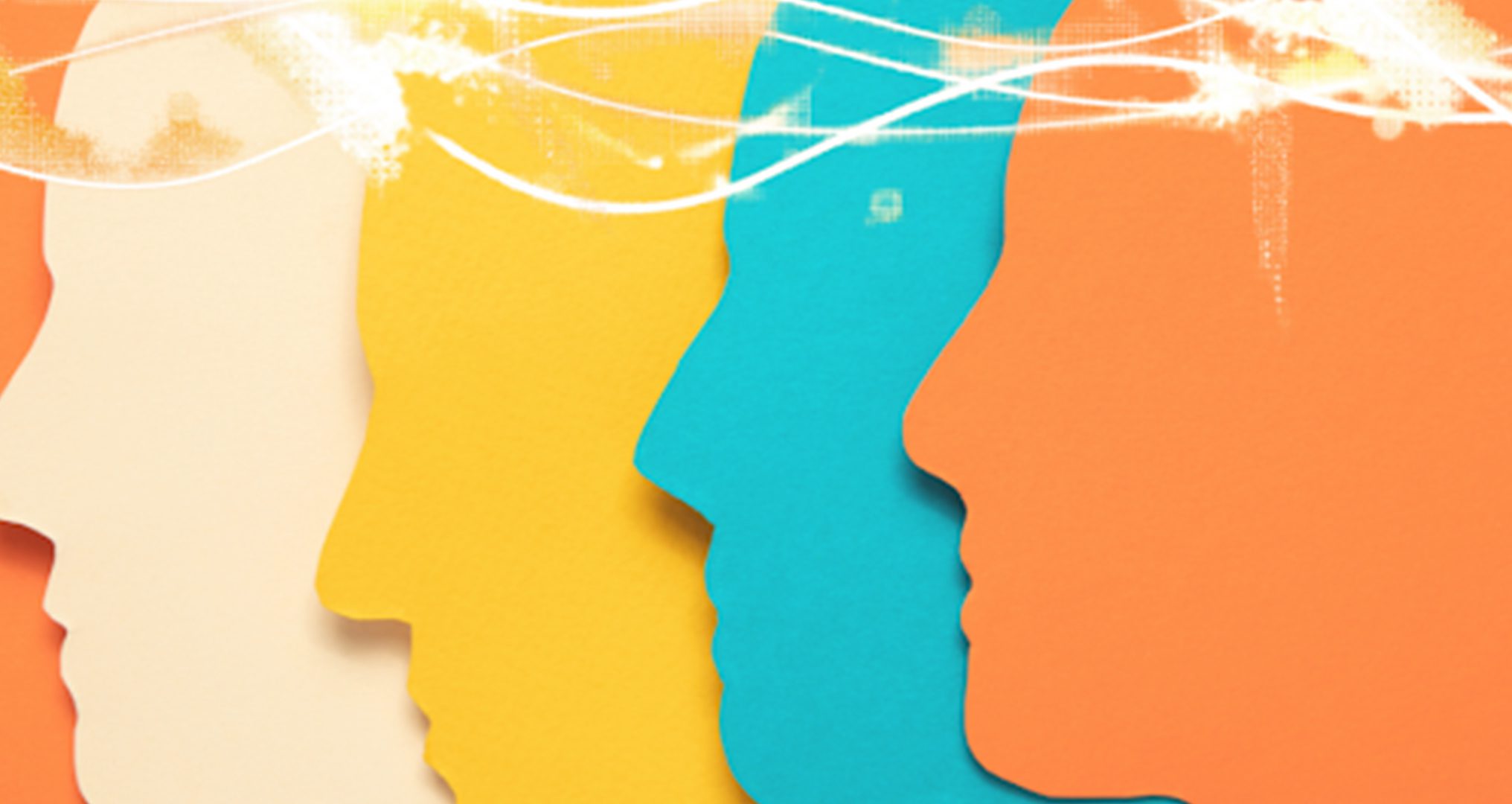The human body is constantly making, altering, and destroying chemicals that it needs to survive and function. The variety of substances is so varied and complex that it’s impossible to begin to detect or count them all. You’ve heard them referred to as enzymes, hormones, and neurotransmitters. With so many different compounds flowing through your veins, it’s not hard to understand how a chemical imbalance could occur. Imbalances can be caused by many factors, including genetics, age, disease, injury, poor nutrition, exposure to toxic substances, and even chronic stress.
A chemical imbalance in the brain happens when a person has either too little or too much of certain neurotransmitters and is often associated with mood disorders or mental conditions. For decades, we’ve heard that various metal issues, like depression and anxiety, are linked to chemical imbalances.
However, the scientific evidence behind those theories is limited.
The Origins of the Chemical Imbalance Theory
The chemical imbalance theory was first introduced in the late 1950s, and we were told mental health conditions, including depression, schizophrenia, anxiety, and mood, personality, and behavior disorders, were due to a deficiency of the neurotransmitter norepinephrine. Then, a theory still popular today, blamed these mental conditions on too little serotonin. Pharmaceutical companies and the media popularized these theories despite the lack of empirical evidence and peer-reviewed studies. Today, we know that it’s much more complicated than either of these.
Research has debunked the chemical imbalance theory, with studies predominantly pointing to psychological and sociocultural causes in conjunction with biological factors contributing to mental health disorders. While there’s still a lack of a clear understanding about the exact causes of most mental health conditions, it’s a misconception that chemical imbalances in the brain are solely responsible for mental illnesses.
Here’s What Science Tells Us
While some studies have found links between certain chemical imbalances and specific mental health issues, researchers don’t know if the imbalances are causes or symptoms. While it’s true that neurochemicals are a contributing factor in most mental health conditions, it’s much more complicated than adjusting the levels of one neurochemical. Although chemical imbalances in the brain do not directly cause mental health disorders, because they do have influence, medications that alter the concentration of neurotransmitters can sometimes provide symptom relief for some people.
The reality is that mood disorders and mental health illnesses are highly complex conditions affecting 57.8 million adults in the United States in 2021. The development of mental health challenges is also influenced by the following factors:
- genetics and family history
- life experiences, such as a history of physical, psychological, or emotional abuse, or other adverse childhood experiences
- having a history of alcohol or substance abuse
- taking certain medications
- psychosocial factors, such as external circumstances that lead to feelings of isolation and loneliness
As of writing this, current biological testing cannot reliably verify and diagnose a mental health condition by finding a chemical imbalance. In fact, there are no medical tests to diagnose a chemical imbalance in the brain. Doctors can check the levels of neurochemicals in your blood. However, that’s not an accurate representation of the amount of these chemicals in your brain. Instead, they make subjective diagnoses based on the symptoms combined with findings from a physical exam.

You Can “See” Mental Health Conditions in Brainwaves
It is possible, however, to record brainwave activity with a “brain map” and “see” exactly what is happening in a person’s brain. A brain map is a visual representation of the electrical signals generated by your brain’s neurons as they communicate with each other. It shows, in detail, how different parts of your brain are functioning and communicating with other parts. A brain map provides real-time insight into how your brain is performing and shows abnormalities or patterns associated with specific neurological or psychological conditions.
Emotional states and the accompanying brainwaves can originate from your thoughts, or your brain waves can be the origin of your emotional states and thoughts. It works both ways. For example, anxiousness and feelings of panic can be caused by the thoughts and fears in your brain, or feelings of anxiety and panic can result from your brain waves.
In your brain, anxiety involves the activation of the fight-or-flight response and releasing stress hormones, like cortisol and adrenaline. In that case, anxiety is a chemically driven state stemming from a dysregulated brain and its predominant brainwaves. On a brain map, an anxious brain usually exhibits decreased alpha waves, increased beta waves, and low delta and theta waves. A person’s brain can get stuck in a state of hyper-arousal like this and produce anxiety-producing brain waves even when nothing is happening in their life to warrant being anxious.
Your Brain Can Change
All of us are born with a brain that’s malleable and designed to change from birth to death. This capability of your brain is called neuroplasticity. Neuroplasticity is an umbrella term referring to the many capabilities of your brain to reorganize itself in response to your environment, behavior, and internal experiences, like feelings, emotions and thoughts. Neuroplasticity is how learning and memory happen, and it is how people’s brains heal from birth abnormalities, injury, illness, and trauma.
However, this same characteristic, which makes your brain amazingly resilient, also makes it very vulnerable. It’s because of “negative neuroplasticity” that bad habits and addictions become etched into your brain, valuable skills are lost as your brain ages, and some brain illnesses and conditions develop in humans. For example, schizophrenia, bipolar disorder, depression, anxiety, obsessive-compulsive and phobic behaviors, epilepsy, and more occur because of neuroplastic change.
Guiding Brain Change Is the Solution
Fortunately for us, neuroplasticity can be directed to help you. You can improve your brain’s function through the same neuroplastic processes that caused mental health issues in reverse. It’s possible to overcome a mental health condition by driving a brain back towards healthier operation through neuroplastic change. Studies on brain plasticity have demonstrated that many aspects of your brain power, intelligence, and control, in typical and neurologically impaired individuals, can be improved by intense and appropriately targeted training.
Neuroplasticity is how Grey Matters of Carmel trains and guides a brain to healthier operation with neurofeedback. In neurofeedback, a person actually learns to control their brain activity to guide it toward optimal functioning. Neurofeedback is a completely natural and non-invasive form of biofeedback. In a training session, external sensors placed on the scalp record brainwaves and send the information to a computer in real time. The computer teaches your brain to perform at optimal levels through positive reinforcement, called operant conditioning, by harnessing the brain’s innate reward-seeking drive to direct neuroplastic change.

One of our trained professionals at Gray Matters of Carmel will interpret your brain map to identify patterns of brain activity that are indicative of conditions or cognitive states that could be causing physical or mental symptoms. The brain map tells exactly where and how to train your brain to achieve the best operation.
Guiding Neuroplasticity to Benefit Your Unique Brain
Neuroplastic change occurs at chemical, structural and functional levels of the brain. These changes work in concert with one another and can be to your benefit or detriment. It’s just as easy to drive negative neuroplastic change as it is positive change. Please be aware that there are a multitude of online games, apps, and devices on the market that claim to stimulate and guide brain change. There is currently limited scientific evidence supporting these products. Even if they do change your brain, how do you know that it’s in your unique brain’s best interest?
The benefits of neurofeedback training have been scientifically validated for the brain and body, including stress reduction, improved sleep, better focus and memory, heightened mental clarity, more emotional and behavioral regulation, enhanced cognitive performance, and more. Our brain advocates and clients have witnessed neurofeedback improve and enhance a wide range of physical, emotional, and cognitive abilities.
Conclusion
Adults and children who have trained at Grey Matters have reported reduced symptoms associated with depression, anxiety, PTSD, ADD/ADHD, migraines, concussion, brain injury, stroke, addiction, gut issues, epilepsy, apraxia, OCD/PANS/PANDAS, COVID brain fog, chronic pain, and other physical and neurological issues. Neurofeedback is a long-term, medication-free approach to optimizing brain function to allow you to live your best life. To find out more about how we can help you or someone you care about, call 317-215-7208 or send us a message today.
Photo Credits:
Image by storyset on Freepik ( Image by storyset on Freepik)
Top image: Image by Freepik


